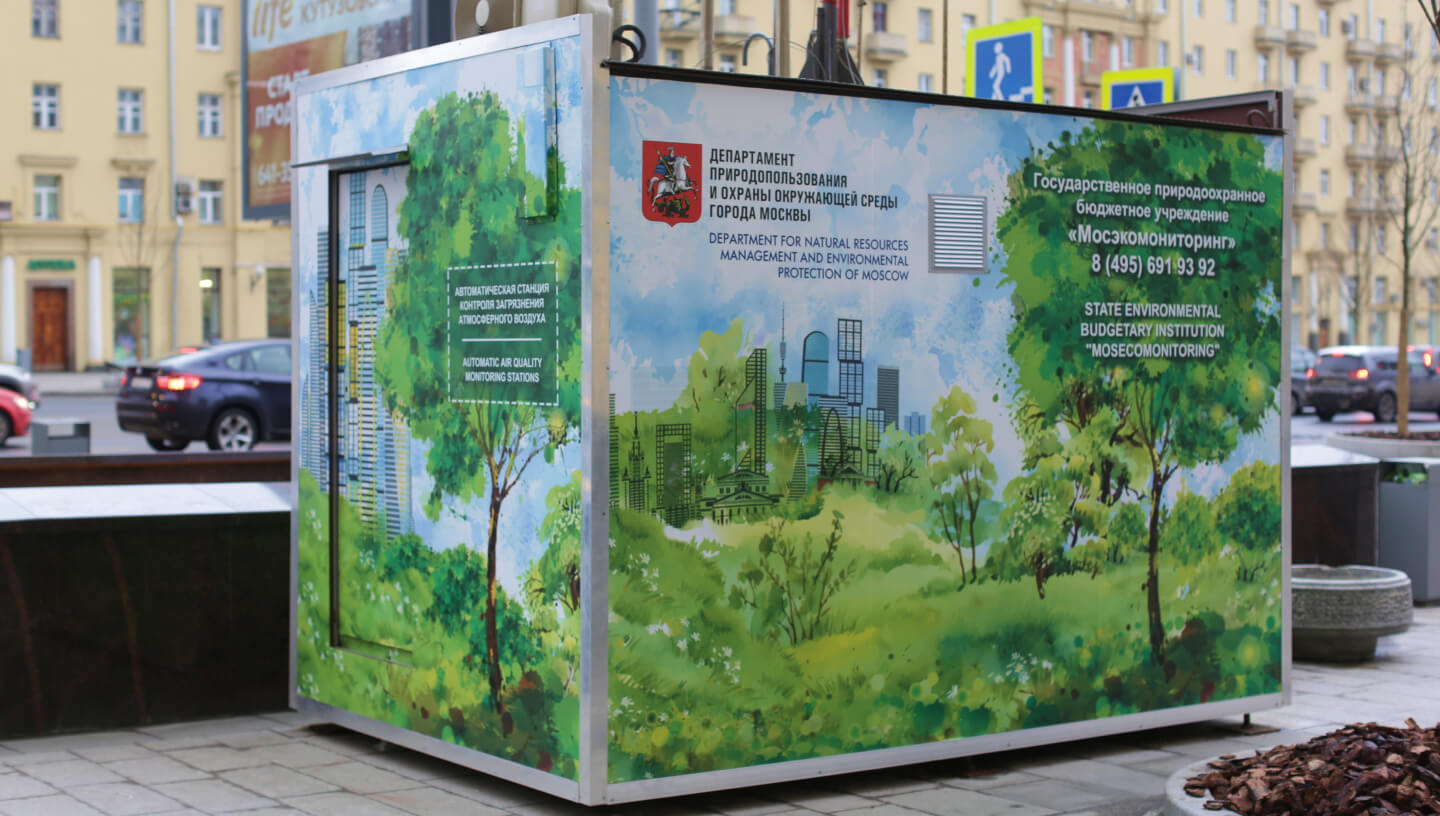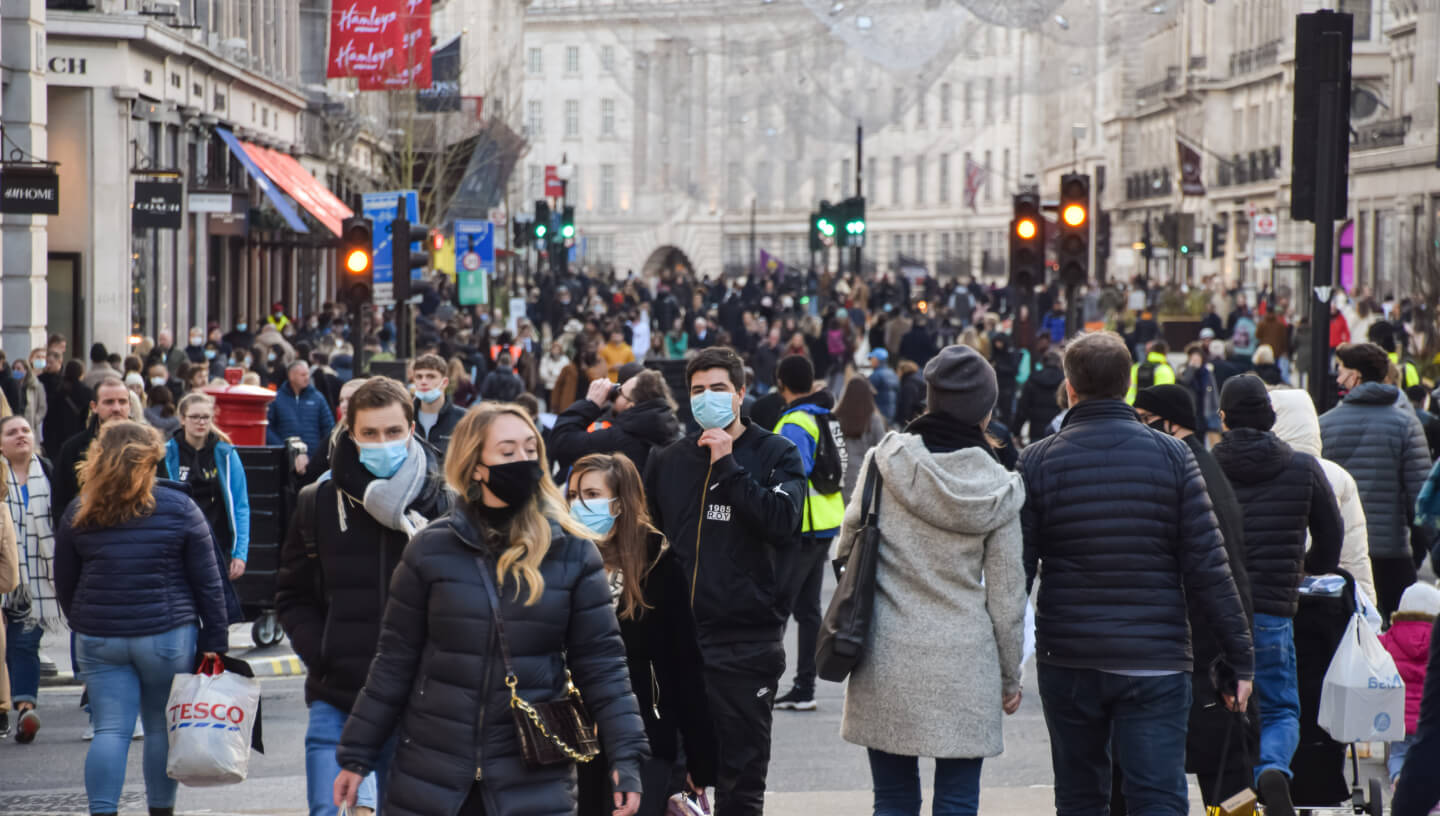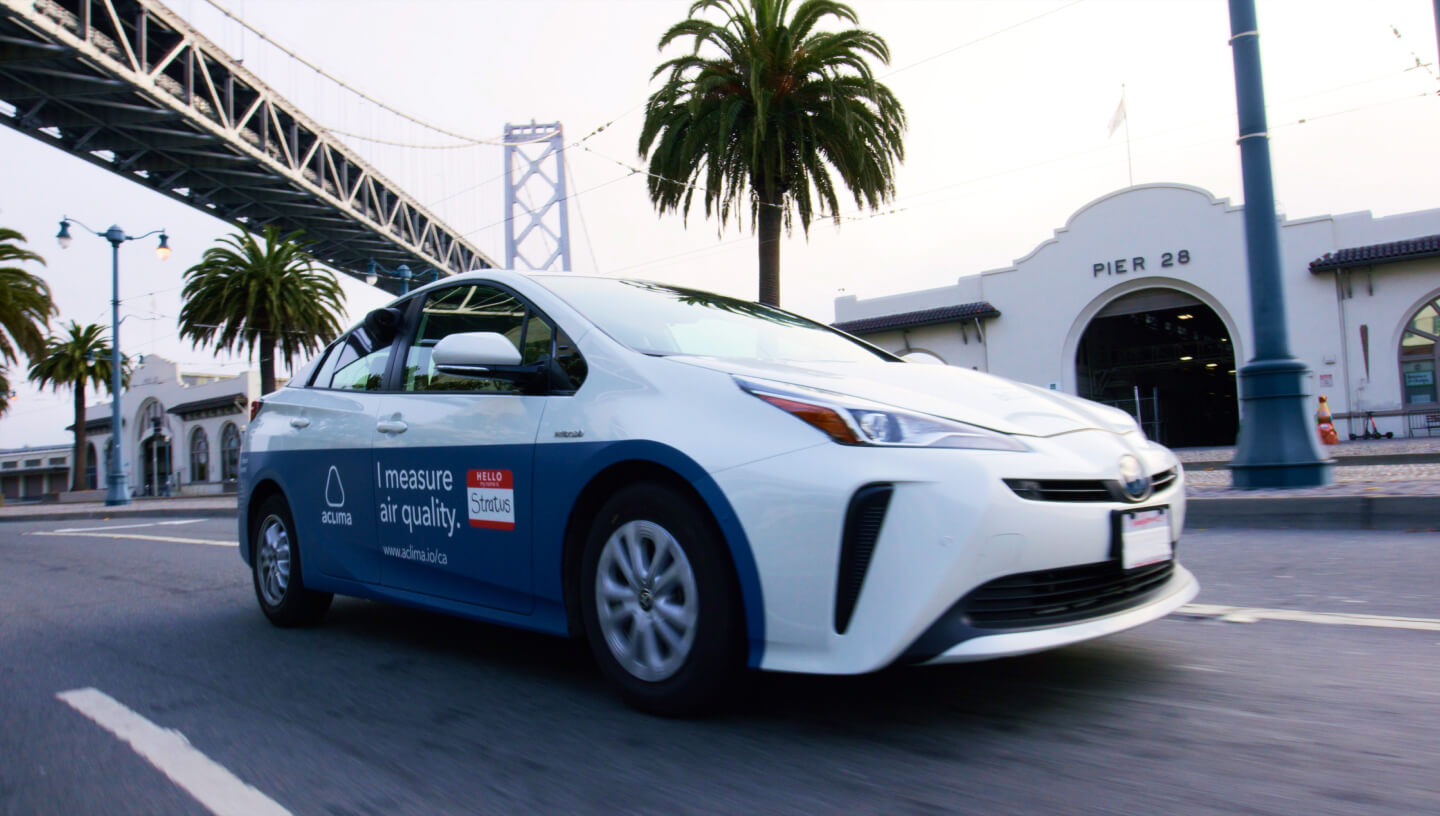Ecomonitoring is a system for observing the quality of air, water, soil and other components of an ecosystem. It is needed not only for real-time assessment of the environmental situation, but also for creating climate models — computer simulations used to analyse past and present climate change and to make predictions.
How environmental and climate data are helping to combat global warming
Climate models are needed to predict the future of the planet as accurately as possible. The simplest ones show a direct correlation between two phenomena, such as increasing greenhouse gas concentrations in the atmosphere and rising global temperatures. The more sophisticated ones take into account many factors, such as wind speed, rainfall, the ability of ecosystems to absorb carbon dioxide from the air and so on. But all models without exception point to the threat of climate change and its consequences — rising sea levels, more deserts, more destructive tornadoes, floods, forest fires and other extreme weather events, extinction of animals and plants that have failed to adapt to the new conditions of existence.
Climate models also enable us to travel 50 or even 100 years into the future to see what would happen if humanity stopped tackling climate change and whether the implementation of climate policies would allow countries to avoid a “point of no return” — an irreversible rise in global temperatures that could threaten the existence of life on Earth.
Data for climate models are collected not only on Earth, but also from space. Satellite observation systems take hundreds of millions of measurements per day, but the main task of space diagnostics is to determine the climate-forming factors. For example, it has been found out that the main cause of global warming is human activity, including industrial and agricultural development, the operation of thermal power plants, and the destruction of forests.
Eco-monitoring and climate models are also used to test the effectiveness of adaptation measures to changes that have already occurred. UN Secretary-General António Guterres said: "Achieving sustainability is as important as getting to zero emissions. One major factor to adapt to is the melting of permafrost. According to Konstantin Ilkovsky, a professor at the Gubkin Russian State University of Oil and Gas, permafrost covers up to 65% of Russia and a huge number of buildings have been built on it. It is necessary not only to protect them from collapse, but also to take into account the rate of ice melting when building new facilities.
 Automatic air pollution control stations in Moscow
Automatic air pollution control stations in Moscow
Photo: Department of Natural Resources and Environmental Protection of Moscow
A nationwide eco-monitoring system
According to Andrei Kiselev, of the Voyeikov Main Geophysical Observatory, Russia’s climate changes 2.5 times faster than the global average. This is due to the fact that our country is located in the only belt of the Earth where there is more land than ocean. The climatologist also noted that in the future, Russia can expect sharper bursts of abnormal heat and cold.
One of the tasks set out in Russia’s climate policy is to create an integrated environmental monitoring system. By 2024, it will cover 60% of Russia’s territory and 80% of the facilities that have a negative impact on the environmental situation, such as large enterprises and thermal power plants.
Some regions already have eco-monitoring systems. The most accurate and developed, of course, is in Moscow. In the Russian capital, data are collected by a network of automated air pollution monitoring stations located in different parts of the city, including in parks and other natural areas, near highways and factories, and near residential buildings. Elena Lezina, deputy director for scientific work at Mosecomonitoring, noted that this system is not inferior to, and in some places is superior to, those operating in other megacities of the world, including Berlin, London and Paris.
The stations regularly take air samples, analyse them and transmit the results to Mosekomonitoring, which, in turn, publishes the data in the public domain — on the interactive map “Air”. The condition of bodies of water, groundwater, soil and greenery is also constantly monitored. In addition, four mobile laboratories move along the roads of the capital on a daily basis to monitor background noise levels. For comfortable living, its volume should not exceed 55 decibels during the day and 45 decibels at night.
In 2021, the eco-monitoring system was also launched in the Kamchatka region. The data collected are displayed on a special portal, where all measured indicators are explained in detail and it is possible to follow the dynamics of their change. According to Igor Shumakov, head of Roshydromet, Kamchatka is an ecologically clean place and must be preserved intact, despite all the challenges facing humanity.
In parallel with the development of the eco-monitoring system, Russian experts are working on their own global climate model so that they can do without the help of Western companies in matters of weather forecasting and climate research. The model will make it possible to estimate objectively, for instance, how much carbon the country’s forests absorb. The data obtained will be used to develop a national carbon market.
 Photo from: VV Shots / iStock
Photo from: VV Shots / iStock
London Air Quality Network
Scientists from the Crowther lab at the Zurich Institute of Technology have studied climate models for London and have concluded that by 2050, the metropolis will have a climate similar to that of Barcelona, Spain. This change will be accompanied by prolonged rainstorms, floods and other extreme weather events. For example, NASA (a US federal agency) has created a map of areas of London that could be submerged by 2030 due to rising sea levels. Not only Britain, but also many other countries, especially island and low-lying countries, as well as regions located within 100 kilometres of the coast, are at risk of flooding.
The authorities in London are actively tackling the environmental problems of the metropolis to prevent catastrophe. Their strategy emphasises environmental monitoring. London’s air quality network consists of automatic equipment placed in fixed booths. It allows you to take measurements at the same locations and compare the results. The system takes air samples from 1.5 to 4 metres high and then sends the information to the Environmental Research Group (ERG) at Imperial College London.
London Mayor Sadiq Khan said that Londoners have a right to know about the quality of the air they breathe. Residents can sign up for free alerts for high levels of atmospheric pollution: this usually reaches critical levels between three and eight times a year. In addition, warning notices appear at tube stations, bus stops, and river docks. On 24 March 2022, for example, in London and several other parts of Britain, the level of air pollution reached 10 on a scale of ten. This was caused by a storm in the Sahara Desert, which covered areas of the country with a layer of fine sand and dust. On such days, people with cardiovascular and respiratory diseases are advised to avoid physical activity.
The UK now aims to reduce the concentration of PM2.5 particulate matter in the air to 20 microgrammes per cubic metre. This is four times higher than the permissible limit set by the World Health Organisation, but the authorities plan to set a new, more ambitious target by the end of 2022.
 Aclima system that measures atmospheric pollution while driving
Aclima system that measures atmospheric pollution while driving
Photo: Aclima
New York — eco-monitoring on the move
The climate model for New York City confirms that the metropolis’ moderate continental climate has become more of a subtropical climate in recent years. In addition, the city is threatened by flooding due to its 836-kilometre coastline. By 2050, global sea levels could rise by 20 to 75 centimetres. If that happens, Manhattan, the island in the centre of New York, will be under water. To avoid such a development, the city authorities are building barriers to protect coastal areas from flooding, and are preparing to radically reduce greenhouse gas emissions. Thus, starting from 2027, all buildings in the metropolis, except for laundries and medical institutions, will switch from gas heating to electric heating.
And New York has also upgraded its eco-monitoring system. In addition to stationary air sampling stations, the metropolis started using high-tech Aclima systems that measure air pollution levels while driving. The devices look like an ordinary car. The air enters through a special opening near the side door and then enters the boot, where there is a system that analyses its composition.
Aclima will drive along the roads of the ten New York states with the worst environmental conditions. It will find out, for example, what the residents of houses located next to the highway or a child coming out of the school playground are breathing. Basil Seggos, commissioner of the state Department of Environmental Protection, noted that such “micro-information” was not available before the launch of Aclima.
Author: Vera Zhikhareva
Cover photo: Bloomberg / Getty Images








Comments